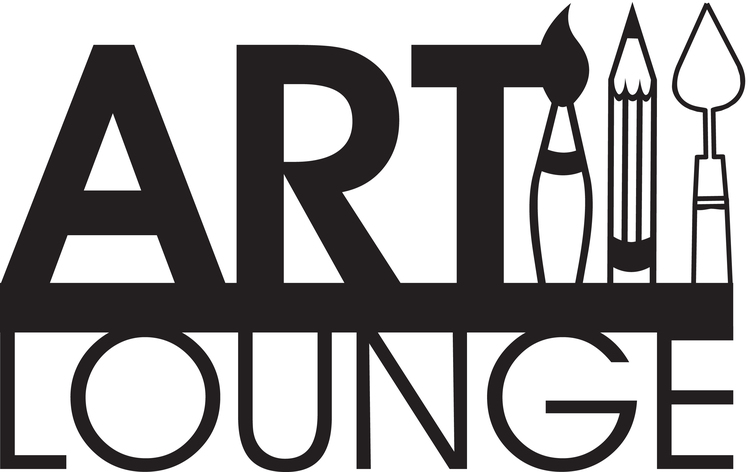Pakhal Tirumal Reddy known as P T Reddy, was an Indian artist. He was the fifth child born to Ram Reddy and Ramanammachild at Annaram village, Karimnagar district, Telangana, India. He received his diploma in painting from J. J. School of Art, Bombay in 1939. He married Yashoda Reddy on 9 May 1947, and she completed a master's of art and Ph.D. degrees and authored over 22 compilations and novels. P T Reddy played a role in the introduction and the evolution of the so-called "Modern Art" of Europe to India.
He formed a group of ‘Bombay Contemporary India Artists,’ branded ‘Young Turks’, in 1941. This group of five painters was formed six years before the ‘Progressive Artists' Group’ formed in Bombay in 1947. He started with realistic style and at the end of the 1930s. His original style was influenced both by traditional India paintings and Post-Impressionism. A process of integration occurred with various ‘isms’ in his work. He created works in water colour, oils, etchings and sculptures.
Reddy's Srichakra engraving on aventurine stone has a Devanagari ‘sri’ in the centre, emphasizing both his title and the form of the yantra. Two figures overlay the Sri Yantra, their heads opposite one another at top and bottom, their bodies joined in sexual union in the centre.
Reddy arranged their arms in a circular fashion reinforcing the lotus form. About 1970, Reddy began painting Tantric themes from Indian mythology. In his work, there are connections and parallels to a wide range of other neo-Tantric artists. Reddy's paintings from the 1940s showed a struggle to maintain his identity as Indian by choosing subject matters that were undeniably Indian, yet depicted in a variety of modern European styles.
After independence in 1947, many Indian artists including Reddy re-examined India's own art traditions. Reddy's work began growing more abstract and started to reflect Buddhist, Hindu and Tantric symbols and structures. Many of his works are secular, modern abstractions that echo their original religious sources. Reddy engaged in dialogue with contemporary life and politics, in his moon landing series, Nehru series, and other works touching on poverty, labor movements, and the social changes wrought by India's Independence.
Because of his use of the neo-Tantric idiom, his explorations of historical concerns such as these became dehistoricized and abstracted. For artists struggling with being both modern and Indian in the 1960s and 1970s, neo-Tantric imagery provided a solution, indicating a path through the abstraction/representation bind and retaining both a universality of form and a specificity of national identity. Reddy's major work was done during the freedom struggle, and then during the muscle-flexing that occurred while the Indian diaspora was building its own identity. He produced around 3000 paintings in his lifetime.




